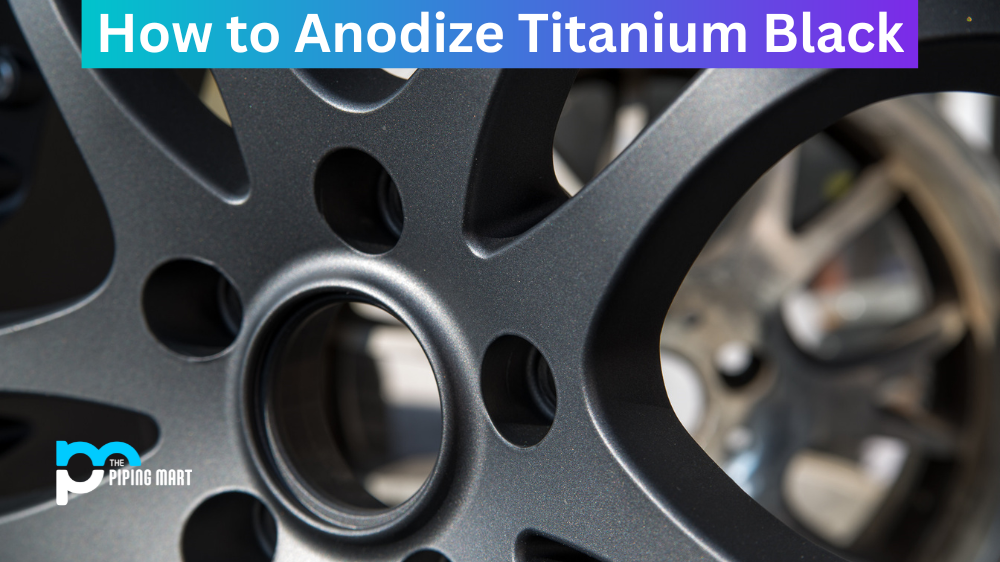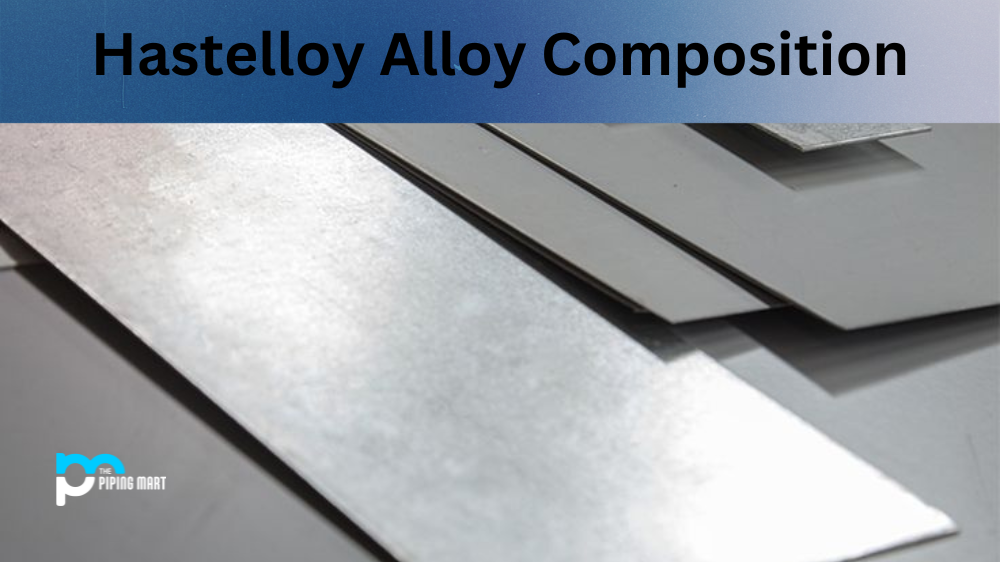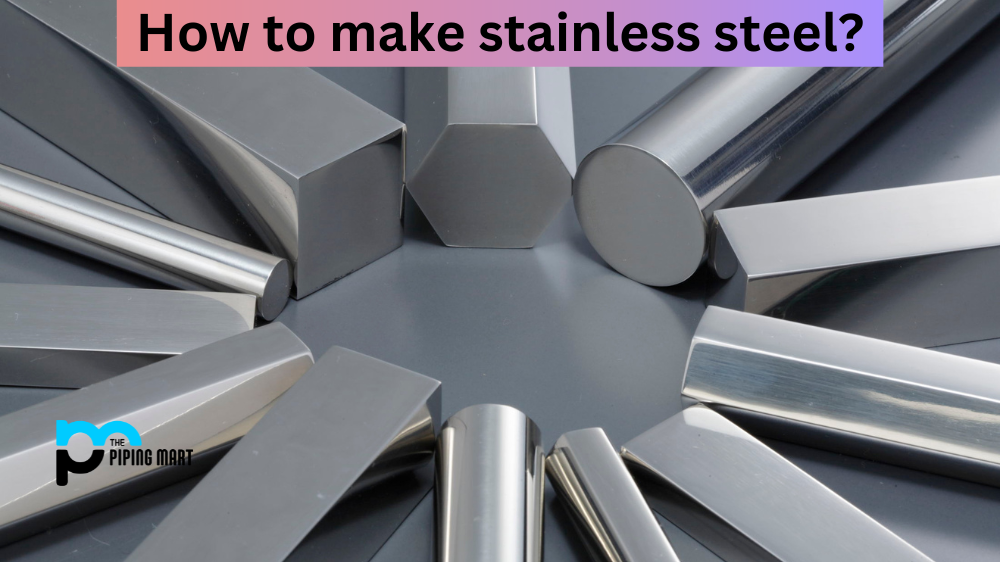When selecting a material for your next project, finding the right one can be a daunting task. You want a material that is durable, resistant to corrosion, and can withstand extreme temperatures. Two materials often compared in this regard are SMO 254 and 6MO. Both materials offer excellent properties and are commonly used in the chemical, petrochemical, and oil and gas industries. This blog post will compare SMO 254 and 6MO to help you decide which material best fits your next project.
Difference Between SMO 254 and 6MO
Composition and Properties
SMO 254 is a high-alloy austenitic stainless steel that contains high levels of molybdenum, nitrogen, and chromium. Due to these elements, SMO 254 is highly resistant to corrosion and stress cracking, making it an ideal material for harsh environments. On the other hand, 6MO is a super austenitic stainless steel alloy that contains high levels of nickel, molybdenum, and nitrogen. This alloy provides exceptional resistance to corrosion, pitting, and crevice corrosion. Both alloys are highly resistant to various acids and other harmful chemicals.
Strength and Toughness
Regarding strength and toughness, both SMO 254 and 6MO are excellent materials. SMO 254 has a high yield strength of 300 MPa and a tensile strength of 650 MPa. 6MO, on the other hand, has a yield strength of 300 MPa and a tensile strength of 650 MPa. Both alloys exhibit excellent toughness and can withstand extreme temperatures.
Weldability and Fabrication
Weldability and fabrication are critical factors when selecting a material for your project. SMO 254 is relatively easy to weld and fabricate, with a good combination of strength and ductility. 6MO, on the other hand, is slightly more challenging to weld due to its higher nickel content. However, it can still be easily moulded and welded using the right techniques.
Corrosion Resistance
One of the most critical factors to consider when selecting a material for a project in a harsh environment is corrosion resistance. SMO 254 exhibits excellent resistance to corrosion, stress cracking, and crevice corrosion, making it ideal for harsh industrial applications. 6MO offers similar resistance to corrosion and pitting and is highly resistant to corrosion in seawater environments, making it ideal for offshore oil and gas applications.
Cost and Availability
Regarding cost and availability, SMO 254 and 6MO are relatively equal. Both materials are expensive compared to regular stainless steel, but their superior properties make them an excellent investment for the long term.
Conclusion
In conclusion, SMO 254 and 6MO are excellent properties and suitable materials for various industrial applications. If you need a highly corrosion-resistant material that is easy to weld and fabricate, SMO 254 could be ideal for your project. On the other hand, if you are working in an offshore environment or need a highly resistant material to pit and crevice corrosion, 6MO could be the better choice. Ultimately, the decision will depend on your specific project requirements, but you can select the best material for your needs by understanding the differences and similarities between these two materials.

Meet Bhavesh, a seasoned blogger with a wealth of knowledge and experience. From metal products manufacturing to retail, Bhavesh has a diverse background in various industries and is dedicated to sharing his insights and expertise with readers.




